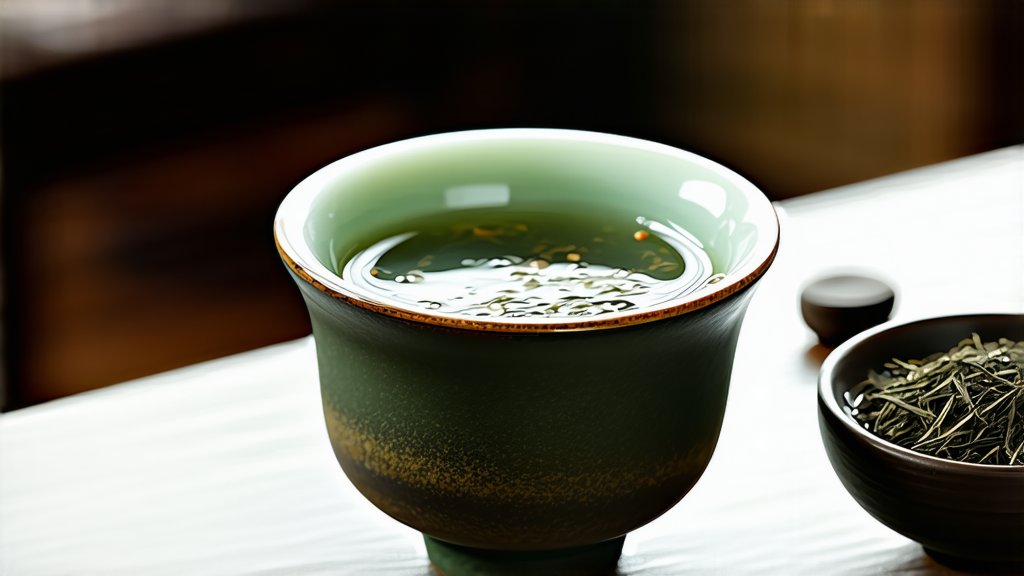
Anhua Black Tea, also known as Dark Tea or Pu-erh Tea when referring to its most well-known variety, stands as a testament to the profound depth and complexity that can be achieved in the world of tea. Originating from the mountainous regions of Anhua County in Hunan Province, China, this unique category of black tea has garnered international acclaim for its distinctive flavor profile, numerous health benefits, and intriguing aging process. In this exploration, we delve into the captivating history, diverse varieties, intricate production methods, and artful appreciation of Anhua Black Tea.
A Journey through Time: The History of Anhua Black Tea
The roots of Anhua Black Tea trace back over a millennium, with its cultivation and consumption deeply intertwined with the cultural and economic fabric of China. Historically, it was not until the Tang Dynasty (618-907 AD) that tea gained widespread popularity, transitioning from a medicinal herb to a beloved beverage. By the Ming Dynasty (1368-1644 AD), the practice of fully fermenting tea leaves emerged, giving birth to what we now recognize as black tea. Anhua County, nestled within the Xiangxi Autonomous Prefecture, soon established itself as a hub for this innovative tea production method.
Throughout centuries, Anhua Black Tea evolved alongside Chinese tea culture, adapting to changing tastes and preferences while preserving its core characteristics. Its reputation for promoting digestion and aiding in weight management made it a favored choice among emperors and common folk alike. Today, Anhua Black Tea continues to be celebrated for its rich heritage and enduring appeal.
Diverse Varieties: Exploring the Spectrum of Anhua Black Tea
Anhua Black Tea encompasses a broad spectrum of flavors and textures, influenced by factors such as the specific tea plant variety used, the terroir of the growing region, and the length of fermentation and aging. Among the most renowned types are:
-
Pu-erh Tea: Perhaps the most famous subset of Anhua Black Tea, Pu-erh undergoes a post-fermentation process that allows it to mature and develop complex flavors over time. It is further categorized into "Sheng" (raw) Pu-erh, which ages naturally, and "Shou" (ripe) Pu-erh, which is accelerated through a wet piling process.
-
Hei Cha (Dark Tea): This term broadly refers to any heavily oxidized or fermented tea in China, including Anhua Black Tea. Within this category, variations exist based on regional differences and specific processing techniques.
-
Anhua Tianjian Tea: A premium grade of Anhua Black Tea, Tianjian is known for its tight brick shape and high-quality leaves. It undergoes a meticulous selection process and extended aging, resulting in a smooth, mellow taste with hints of sweetness.
The Art of Craftsmanship: From Leaf to Cup
The production of Anhua Black Tea is a labor-intensive and time-consuming endeavor, reflective of the artisanal skills passed down through generations. The journey begins with the careful handpicking of sun-grown tea leaves, typically from ancient tea trees that contribute unique flavors to the final product. Here’s an overview of the key steps involved:
-
Withering: Freshly harvested leaves are spread out under the sun or in well-ventilated rooms to reduce moisture content, allowing for easier rolling and fermentation.
-
Rolling: The withered leaves are then rolled to break cell walls, facilitating the release of enzymes and initiating oxidation. This step can vary in intensity depending on the desired outcome.
-
Fermentation: Unlike green or oolong teas, Anhua Black Tea undergoes complete oxidation, turning the leaves a deep brown color and imparting a robust flavor profile. This stage can last several hours to days.
-
Drying: After fermentation, the茶叶 are dried using gentle heat to halt enzymatic activity and lock in the tea's character.
-
Aging: For certain types like Pu-erh, aging plays a crucial role in developing depth and complexity. Teas may be stored in controlled environments, sometimes for decades, enhancing their aroma, taste, and purported health benefits.
Savoring the Essence: Appreciating Anhua Black Tea
To truly appreciate Anhua Black Tea, one must engage in a mindful tasting ritual that honors its complexity and history. Here are some guidelines for a sensorial journey:
-
Preparation: Use a Yixing clay teapot or a Gaiwan (a lidded bowl) to enhance the tea's natural flavors. Rinse the leaves briefly with hot water to awaken their essence before steeping.
-
Water Temperature: Boiling water is generally recommended for Anhua Black Tea to fully extract its rich flavors and beneficial compounds.
-
Steeping Time: Depending on personal preference and the specific tea variety, adjust steeping times between 30 seconds to several minutes. Multiple infusions can be enjoyed, each revealing different facets of the tea.
-
Observation: Examine the tea liquor's color, clarity, and viscosity. A well-brewed Anhua Black Tea often displays a deep amber hue.
-
Aroma: Inhale the steam rising from the tea to detect earthy, woody, or floral notes, characteristic of aged teas.
-
Tasting: Sip slowly, allowing the tea to coat your palate. Notice the initial bitterness, followed by sweetness and a long-lasting aftertaste. Pay attention to the tea's mouthfeel—its thickness, smoothness, and warmth.
-
Reflection: Take a moment to appreciate the historical significance and craftsmanship behind each cup, reflecting on how this ancient tradition connects us across time and cultures.
In conclusion, Anhua Black Tea embodies the essence of Chinese tea culture—a harmonious blend of tradition, artistry, and nature's bounty. Whether you're a seasoned connoisseur or a curious newcomer, its depth and versatility offer something profound for every tea lover to discover. As you embark on your own exploration of this timeless treasure, remember that each sip is not just a beverage but a gateway into centuries of wisdom and tranquility.